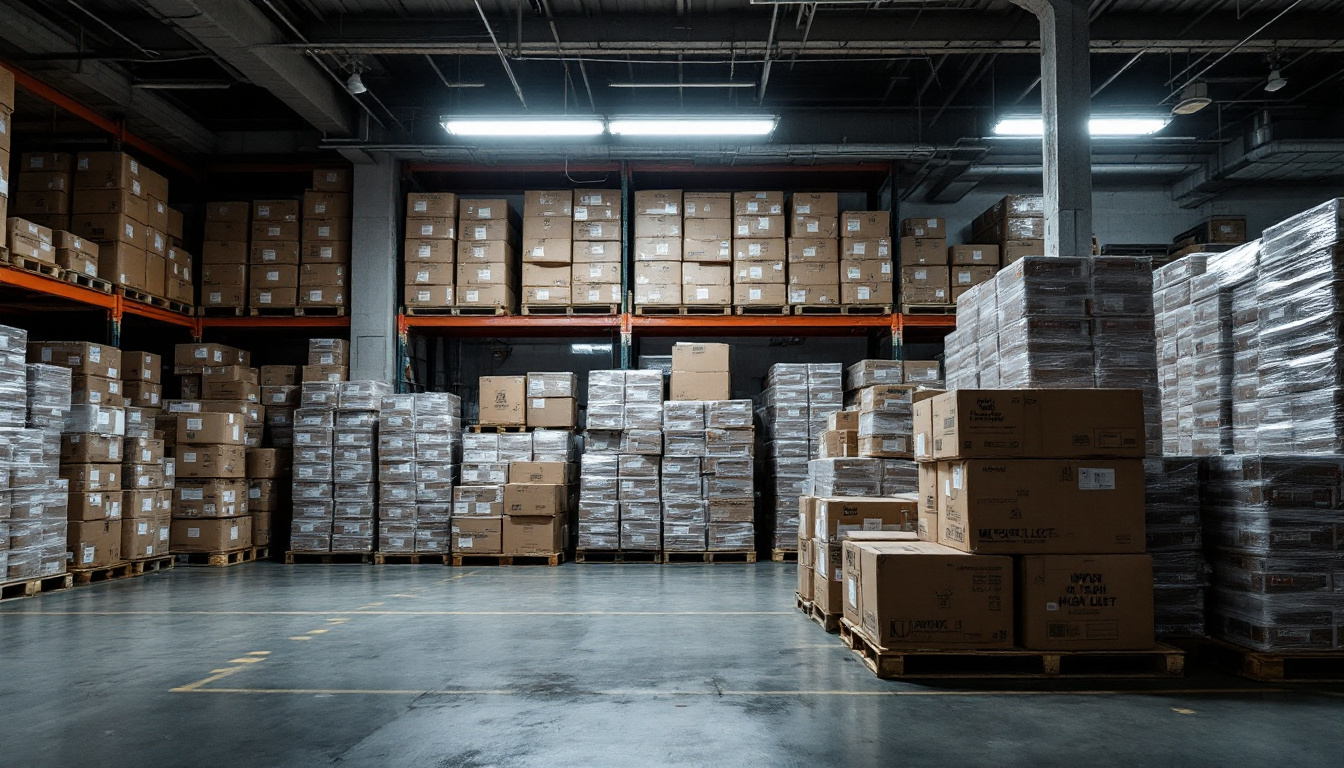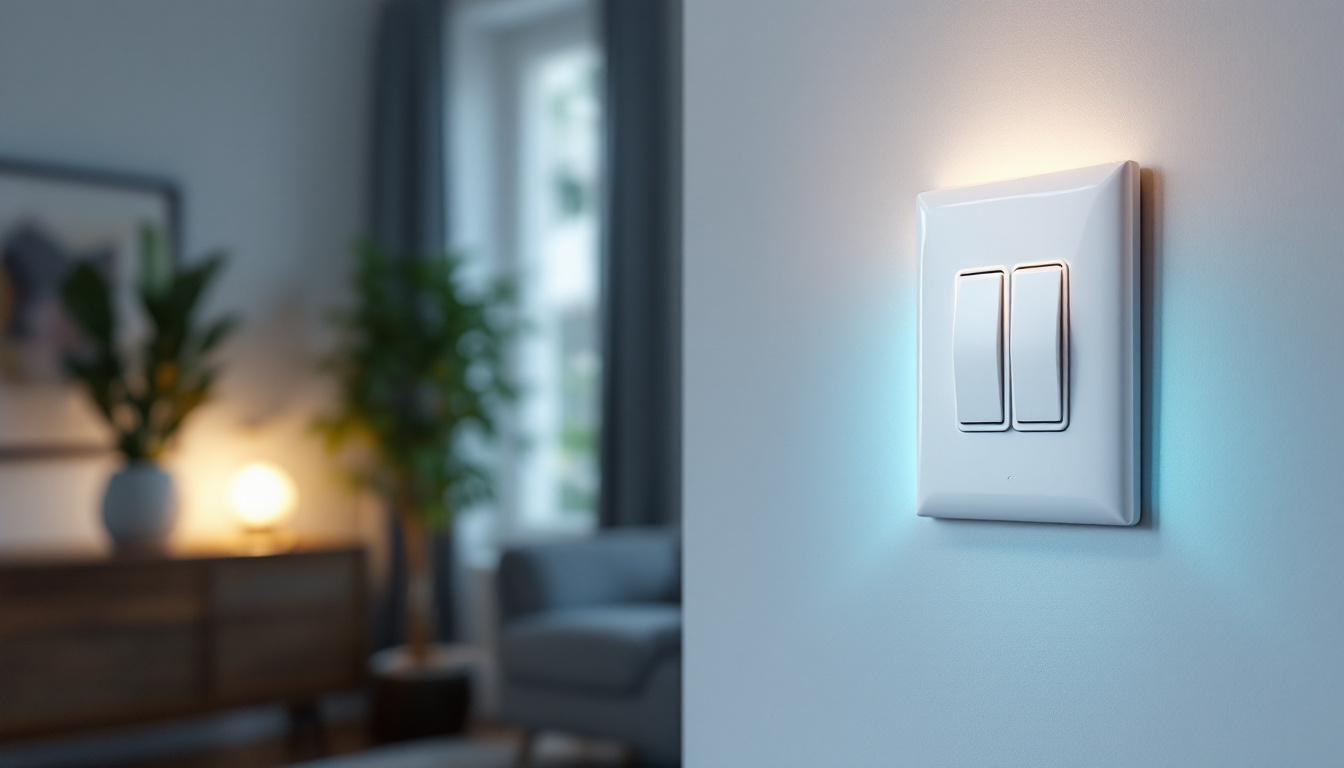
In the realm of outdoor lighting, the importance of light pole posts cannot be overstated. These structures serve as the backbone of any lighting installation, playing a pivotal role in ensuring that illumination is effective, safe, and aesthetically pleasing. Understanding the significance of light pole posts is essential for lighting contractors who aim to deliver high-quality installations that meet both functional and design requirements.
Light pole posts are more than just vertical supports for light fixtures; they are integral components that contribute to the overall performance of lighting systems. The primary function of a light pole post is to elevate the light fixture to a height where it can effectively illuminate the area below. However, their role extends beyond mere elevation.
These posts are designed to withstand various environmental factors, including wind, rain, and snow, ensuring that the lighting remains operational in diverse weather conditions. Additionally, the choice of materials and design can significantly influence the durability and longevity of the installation. For instance, galvanized steel and aluminum are popular choices due to their resistance to rust and corrosion, making them ideal for outdoor applications where exposure to the elements is a constant concern.
One of the most critical aspects of light pole posts is their structural integrity. A well-constructed post must be capable of supporting not only the weight of the light fixture but also the forces exerted by wind and other environmental conditions. Failure to account for these factors can lead to catastrophic results, including the collapse of the lighting system.
Moreover, safety is paramount in any lighting installation. Light pole posts must be installed securely to prevent accidents that could arise from falling fixtures. This is particularly important in public spaces where pedestrian safety is a concern. Ensuring that the posts are anchored properly and constructed from high-quality materials is essential for minimizing risks. Regular maintenance checks are also vital; inspecting for signs of wear or damage can prevent potential hazards and ensure that the lighting system remains functional and safe for all users.
The height of the light pole post is another crucial factor that affects light distribution. A pole that is too short may result in inadequate illumination, leaving dark spots in the area. Conversely, a pole that is too tall can cause light pollution and glare, which can be disruptive to both pedestrians and nearby residents.
Lighting contractors must carefully consider the optimal height for light pole posts based on the specific application and environment. Factors such as the type of light fixture, the area being illuminated, and the surrounding landscape all play a role in determining the appropriate height for effective light distribution. Additionally, advancements in LED technology have allowed for more efficient light fixtures that can produce a higher lumen output at lower wattages, further influencing the design and height of light poles. By integrating smart lighting systems, which can adjust brightness based on real-time conditions, cities can enhance energy efficiency while ensuring safety and visibility in public spaces.
The materials used for light pole posts significantly impact their performance and longevity. Common materials include aluminum, steel, fiberglass, and concrete, each with its own set of advantages and disadvantages.
Aluminum is lightweight and resistant to corrosion, making it a popular choice for many outdoor lighting applications. Steel, while heavier, offers greater strength and durability, which can be beneficial in high-wind areas. Fiberglass provides excellent resistance to environmental degradation, while concrete offers stability and a robust foundation for larger installations.
Corrosion resistance is a critical factor in the material selection process. Outdoor lighting installations are exposed to various elements, including moisture, salt, and pollutants, all of which can lead to deterioration over time. Choosing materials that can withstand these conditions is essential for ensuring the longevity of the light pole posts.
For instance, aluminum poles often come with anodized or powder-coated finishes to enhance their resistance to corrosion. Steel poles may be galvanized or coated with protective layers to prevent rusting. Understanding the local climate and environmental conditions can guide contractors in selecting the most suitable materials for their projects. In coastal regions, for example, the high salt content in the air can accelerate corrosion, making the choice of a highly resistant material even more critical. Additionally, regular maintenance and inspections can help identify early signs of wear and tear, allowing for timely interventions that can extend the lifespan of the poles.
While functionality is paramount, aesthetics also play a significant role in the selection of light pole posts. The design and finish of the poles can enhance the overall appearance of the lighting installation, contributing to the ambiance of the area.
Contractors should consider the architectural style of the surrounding environment when selecting light pole posts. For example, traditional designs may be more suitable for historic districts, while sleek, modern poles may be appropriate for contemporary urban settings. The right choice can complement the landscape and create a cohesive look. Furthermore, the color and texture of the light poles can be tailored to match or contrast with nearby structures, enhancing visual interest. Customization options, such as decorative elements or integrated lighting features, can also be explored to create unique installations that reflect the character of the community. This attention to detail not only improves the aesthetic appeal but can also foster a sense of pride among residents and visitors alike, making the area more inviting and enjoyable.
Proper installation of light pole posts is crucial for ensuring their effectiveness and longevity. Adhering to best practices during the installation process can prevent future issues and enhance the overall performance of the lighting system.
One of the first steps in the installation process is to conduct a thorough site assessment. This assessment should consider factors such as soil conditions, existing infrastructure, and the intended use of the illuminated area. Understanding these elements will inform decisions regarding pole height, placement, and anchoring methods.
A comprehensive site assessment allows contractors to identify potential challenges and plan accordingly. For instance, if the soil is unstable, additional measures may be needed to ensure that the light pole posts are securely anchored. This could involve using deeper footings or employing specialized anchoring systems.
Additionally, planning the layout of the light poles is essential for achieving optimal light distribution. Contractors should consider the spacing between poles, the angle of the fixtures, and any potential obstructions that may affect illumination. A well-thought-out plan can enhance the effectiveness of the lighting installation.
Anchoring is a critical aspect of light pole installation. The method used to secure the poles will depend on various factors, including the type of pole, the soil conditions, and the expected wind loads. Common anchoring methods include direct burial, concrete footings, and base plates with anchor bolts.
For areas prone to high winds or severe weather, additional stability measures may be necessary. This could involve using heavier poles, increasing the depth of the footings, or employing guy wires for support. Ensuring that the poles are anchored securely will help prevent accidents and maintain the integrity of the lighting system over time.
Regular maintenance of light pole posts is essential for ensuring their longevity and performance. Over time, exposure to the elements can lead to wear and tear, which can affect both the structural integrity of the poles and the effectiveness of the lighting system.
Contractors should establish a maintenance schedule that includes routine inspections, cleaning, and repairs as needed. Inspections should focus on identifying signs of corrosion, structural damage, and any issues with the light fixtures themselves. Prompt attention to these issues can prevent more significant problems down the line.
Cleaning light pole posts is an important maintenance task that can enhance their appearance and functionality. Dirt, grime, and debris can accumulate on the poles, affecting their aesthetic appeal and potentially obstructing light distribution. Regular cleaning can help maintain a professional appearance and ensure optimal performance.
During inspections, contractors should look for signs of corrosion, cracks, or other damage. Addressing these issues promptly can prevent further deterioration and extend the lifespan of the light pole posts. Additionally, checking the electrical components and connections is crucial for ensuring that the lighting system operates efficiently.
As technology continues to evolve, lighting contractors should consider opportunities for upgrades and modernization of existing light pole installations. This may involve retrofitting older poles with energy-efficient LED fixtures, implementing smart lighting controls, or enhancing the aesthetic appeal with new designs.
Modernizing lighting installations not only improves energy efficiency but can also enhance the overall functionality and appeal of the space. Contractors should stay informed about the latest advancements in lighting technology and consider how these innovations can be integrated into their projects.
In summary, light pole posts are a critical component of outdoor lighting installations, serving various essential functions that contribute to safety, performance, and aesthetics. Lighting contractors must understand the importance of selecting the right materials, adhering to best practices during installation, and implementing a robust maintenance plan to ensure the longevity of these structures.
By prioritizing the role of light pole posts in their projects, contractors can deliver high-quality lighting installations that meet the needs of their clients while enhancing the safety and beauty of outdoor spaces. The investment in quality light pole posts and proper installation techniques will pay dividends in the form of reliable and effective lighting solutions.
Ready to elevate your lighting installations with the highest quality light pole posts? Look no further than LumenWholesale, where we provide spec-grade lighting products at unbeatable wholesale prices. Our commitment to quality and affordability ensures that you can complete your projects with confidence, knowing you have the best materials without the extra costs. Take advantage of our hassle-free bulk buying and free shipping to get premium lighting at the best value. Enhance the safety, performance, and aesthetics of your outdoor spaces today. Wholesale Lighting at the Best Value is just a click away.

Discover expert insights on choosing and installing indoor sensor lights with ease.

Discover why purchasing vapor tight high bay lights in bulk from local distributors might not be the best choice.

Discover how a 3-way light switch can revolutionize your lighting projects by enhancing efficiency and flexibility.

Discover essential insights for lighting contractors on LED light bulbs, including energy efficiency, installation tips, and the latest technological advancements.
Get notified when NEW deals are released.
Optimize your budget with wholesale discounts.
Only top-quality, specification-grade lighting products.
No additional costs at checkout - what you see is what you pay.
We understand the unique needs of contractors.